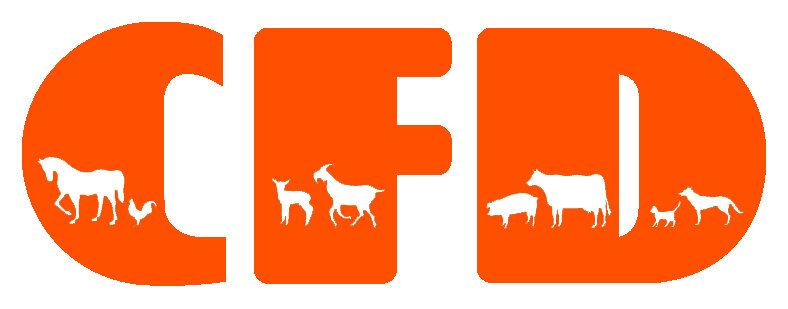By Rick Zimmerman, NEAFA Executive Director
Zoom is the go-to platform for legislative meetings, and NEAFA made the best of this opportunity on March 3rd when members of the NEAFA Board of Directors and the Governmental Relations Committee hosted a series of meetings with New York State lawmakers. Ten legislators met with the NEAFA team who focused on legislative priorities including important State budget supported agricultural programs and legislative policies that could significantly hamper NY farmers’ ability to grow crops. The State budget is due by April 1st.
“The Northeast Agribusiness and Feed Alliance prioritizes the advocacy work we undertake throughout our northeastern region, and the New York Lobby Day is one example of this outreach,” said John Clark, NEAFA president. “Our work in Albany is essential to assure that the state budget appropriately prioritizes New York’s agriculture industry. We are proud to be part of a collaborative effort to make sure agriculture’s voice is heard throughout northeastern state capitals.”
NEAFA hosted a dozen meetings throughout the day, focused on legislative leaders from the Senate and Assembly, including the chairs of the agriculture committees, Senator Michelle Hinchey and Assemblymember Donna Lupardo. Other legislators who met with NEAFA advocates included Senators: Borrello, Mannion, May, Oberaker and Assemblymembers: Lemondes, Manktelow, Tague and Woerner.
“NEAFA joins with a large cross section of the New York agriculture lobby to support essential budget-funded programs,” said Andy Dugan, chair of NEAFA’s Governmental Relations Committee. “Programs such as PRO-DAIRY, NY FarmNet, Integrated Pest Management and Farm Viability Institute provide critical services and assistance to New York’s agriculture industry.”
Budget priorities NEAFA discussed during New York Lobby Day include:
Resources to enhance Cornell’s PRO-DAIRY:
• Core funding for PRO-DAIRY of $1.201 million. PRO-DAIRY works with dairy farmers to address agronomic, economic and environmental challenges to enhance the overall sustainability of New York’s dairy industry.
• Dairy Profit Teams ($220,000) have assisted nearly 250 dairy farms with strategic business planning to improve operational efficiencies, uncover improvement opportunities and support the next generation of farms.
• The Dairy Advancement Program ($700,000) has assisted nearly 400 small to mid-size farms with environmental planning.
• The new Agricultural Environmental Stewardship Program (SPEAR) of $400,000 is a new initiative focused on the management of nutrients in the biological loop of crop production, animal feed and manure recycling to the land.
Cornell Veterinary Diagnostic Laboratory Programs:
• The Animal Health Surveillance & Control Program ($5.43 million) is a comprehensive program dedicated to improving the health of food and fiber producing animals, companion animals, sport and recreational animals, exotic animals, and wildlife.
• The Quality Milk Production Program ($1.174 million) serves New York’s dairy industry by promoting the production of high-quality milk through the control of mastitis and the avoidance of antibiotic residues in milk.
Enhanced funding for the NY Farm Viability Institute ($1.9 million)
• This farmer-driven program funds projects to enhance farm profitability. It has returned more than $7 to the State’s economy for every $1 invested.
Enhanced funding for NY FarmNet.
• Core funding for NY FarmNet ($872,000)
Mental Health Initiative ($400,000)
Through NY FarmNet, financial and mental health consultants help farm families and businesses deal with financial and emotional issues related to farm stress. Last year, FarmNet professionals worked with more than 635 farmers on issues ranging from economic and mental health to business and estate planning.
Funding for a Cornell Farm Labor Specialist ($200,000)
• A professional farm business/human resources Extension specialist provides timely, valuable information and guidance to farmer employers throughout the state. The program is especially important this year due to the significant farm labor law changes.
Another legislative priority includes keeping the State Legislature from passing bills to ban pesticide use in New York. Currently Senate Bill S.699-A and Assembly Bill A.4082, would ban the neonicotinoids class of pesticides, including those used as seed treatments. These bills would severely hamper New York agriculture, particularly corn and soybean crops. Of course, much of NY corn and soy is used to feed NY dairy cows. Both bills have not been acted on by the legislature, and NEAFA will continue to speak out about the serious consequences posed by legislative pesticide bans.








